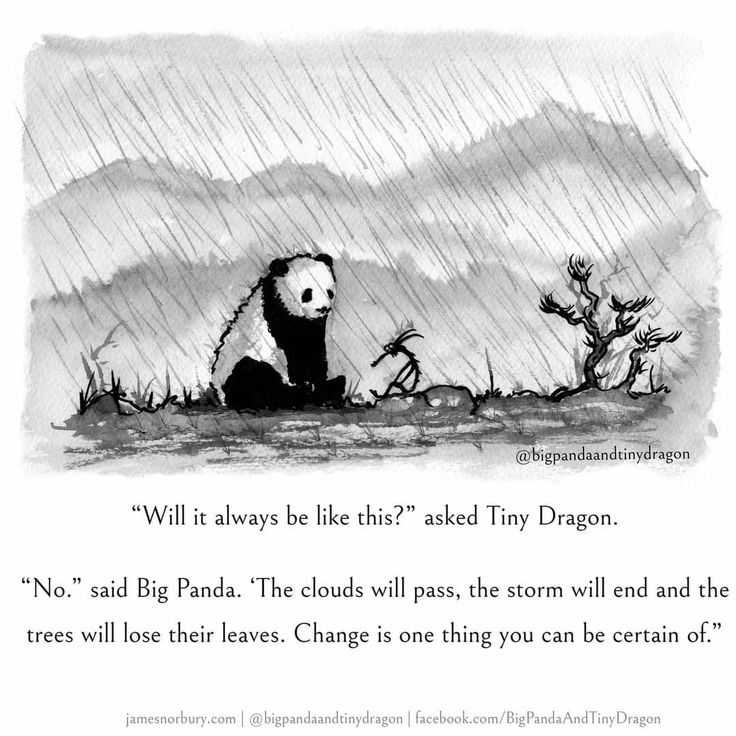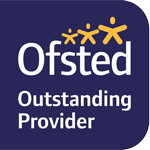Camilla Simson - 21st April 2023
Training and development are an integral part of fostering. Foster carers need to be equipped emotionally, spiritually and intellectually for the task that is asked of them.
At Eastern Fostering Services, we provide a range of training for our carers, but one course in particular is particularly popular and impactful.
It’s been fantastic. Feel privileged to have attended the course….I found it invaluable and learnt so much. I have a far better understanding of children’s behaviour and hopefully many new skills with how to support children.
Careapy
Careapy is a trauma informed course (6 sessions) looking at trauma (where does it come from/how does it express itself), the effects of trauma on child development (both biologically/psychologically) through to separating the behaviour in order to attend and give promise to heal the traumatised/hurt child rather than respond to their challenging presentation.
It explores “what’s happened to you’ by looking at how trauma affects the child psychologically, biologically and socially: it considers nurturing, reflective and therapeutic ways to respond to their trauma.
The role of Careapy in supporting carers with therapeutic fostering
In the world of fostering, ‘behaviours’ is a word that’s often used when it comes to the children and young people we look after. It’s a broad term for how a child might react to an environment or situation, but with children in Care, these can be unpredictable, challenging and complex to understand and manage.
On the Eastern Fostering Services team, we are lucky enough to have therapist, Michelle, who has created a course for our foster carers called, Careapy. It is designed not only to help carers understand and cope with the children they look after, but also to emphasise the importance of self-care and self-knowledge, which improves carer well-being and as a result, equips the carer to better support their children and young people.

It can generally be assumed that the huge majority of children who come into Care have suffered trauma. What we don’t often know is to what extent; how or why that trauma took place, and what it exactly entailed. These questions may never be answered, so as carers, we’re left with managing the aftermath of the trauma and deciphering the child’s reactions as they express the effects of the trauma through their everyday lives, usually in behaviour rather than words.
One of the first things Michelle does is stick a photo of a super-cute, smiling toddler on the top corner of the white board – which stays there for the duration of the course – and we are asked to name him. Our group called him Henry. We are told that Henry represents all our kids, and as such, is their ‘inner child’. So that even when they’re an older teenager displaying ‘difficult’ behaviour, we need to try to think of them as sweet, vulnerable, innocent Henry and what he might have been through.
When a child who we’re looking after presents some ‘bad’ or ‘challenging’ behaviour our natural response to this as a parent can be to punish, restrict, ground, or raise our voice…or possibly all of those things! Early in the course Michelle asks us to list examples of this behaviour and she has them all illustrated on laminated cards, so as each behaviour is mentioned, she places the corresponding card on the floor for all of us to see: “Tantrums”, “stealing, “hiding food”, “self-harming”, “aggression”, “shouting”, “drug-taking”, “silence”, “property destruction” the list goes on. By the end of the discussion there are so many cards on the floor that they all cover each other, and many are obscured, reducing the impact of each of them. Michelle then directs our attention back to the picture of Henry and reminds us that the sweet, vulnerable toddler is at the core of it all and we always have to be taking care of him, so recommending that the behaviours are overlooked and disregarded to a certain extent.
The course is therefore asking us to consider separating the child from the behaviour and to ‘give promise to heal the traumatised, hurt child’ rather than directly reacting to what is presented on the outside. The phrase that you are invited to keep coming back to is “don’t punish the trauma”.
Trauma, neglect and maltreatment affect the psychological, social and biological development of a child. Many of us are fortunate enough to be able to say we have had a secure, safe and loving up-bringing; however, we can still possess anxieties, insecurities and sadnesses based on certain things that might have happened during our childhood. One of the things that Careapy does is to help us gently shine a light on some of these and to discuss what the effects have been on our lives. This gives us an insight into how negative experiences in the past can inform later actions and behaviour, despite perhaps there not even appearing to be a connection between them at all. Indeed, the triggers for challenging behaviour in looked-after children can appear to us to be very random and may not make sense, but our job is first to try to identify them, and then to try to lessen them. During which the child hopefully starts to feel increasingly safe and supported. The aim of this more nurturing, reflective and therapeutic way of responding to the child’s trauma is to help them through a long and continual process of healing.
Michelle includes the perfect amount of science in the course, teaching Gilberts Emotional Regulation System which explains in layman’s terms how the Fight-or-Flight adrenalin response in mistreated children has been over-developed, while their self-soothing Oxytocin system is under-developed. The idea is that the therapeutic method of caring can help these children to access that soothing system more regularly and more independently.
Big Panda, Tiny Dragon

“Safeguard the relationship always”
A beautiful book called Big Panda and Tiny Dragon is referred to at a few points during the course. The author, James Norbury, volunteered with the Samaritans and this work inspired his book, Big Panda and Tiny Dragon. Based on Buddhist philosophy, it’s described as a heart-warming tale of companionship and connection. You can grab your copy here: www.linktr.ee/jamesnorbury
In the story the panda and dragon embark on a journey. They often get lost, but it leads them to discover many beautiful things. ‘They explore the hardships and happiness that connect us all and they learn how to live in the moment, how to be at peace with uncertainty and how to find the strength to overcome life’s obstacles together’.
There’s a particular illustration of the Panda coming to sit next to the Tiny Dragon who has taken himself into a dark hole. Michelle shows this image to represent the idea of the carer sitting alongside the child and trying to connect with them wherever they are in their world, with the intention that the child then might feel more listened to and accepted rather than admonishing or rejecting their behaviour.
As part of the conclusion to the course, the notion is put forward that the relationship between us as the carer and the child we’re caring for, is paramount and takes priority over everything else. ‘Safeguard the relationship always’ advises Michelle.
The course is created, led and facilitated by the brilliant Michelle, but it is powered by those taking part. Michelle encourages all of us to contribute to the conversation and to share our own experiences so we learn not only from her about better ways to care for our young people, but also from each other, plus we learn a lot about ourselves. This is an invaluable aspect of Careapy.
The feedback from carers who’ve done the course are all extremely positive, one carer said,
…I’ve done the course previously and each time I learn new things and I’m taught new concepts, all from the same training material.
it’s been fantastic. I feel privileged to have attended…I found it invaluable and learnt so much. I have a far better understanding of children’s behaviour and hopefully many new skills with how to support children.
And many have asked if there could be a follow-up advanced course. Get in touch to find out more






